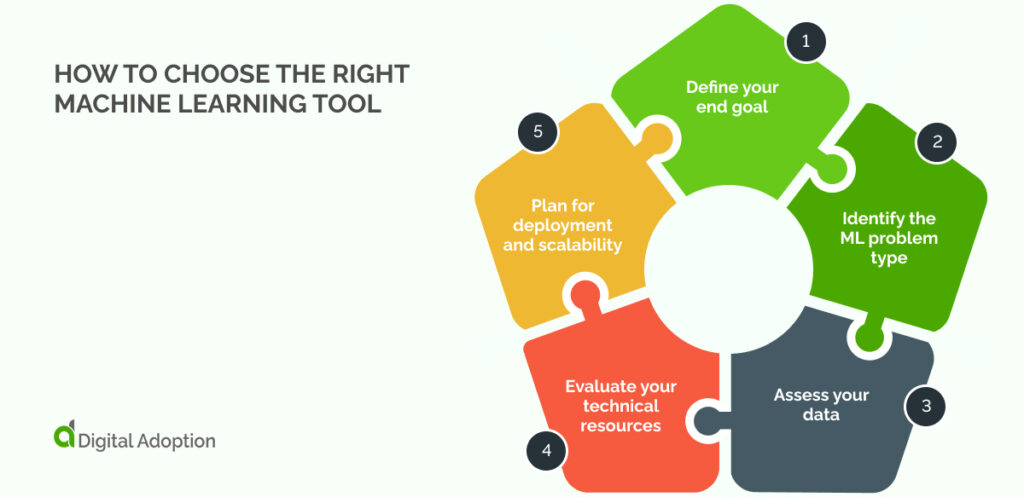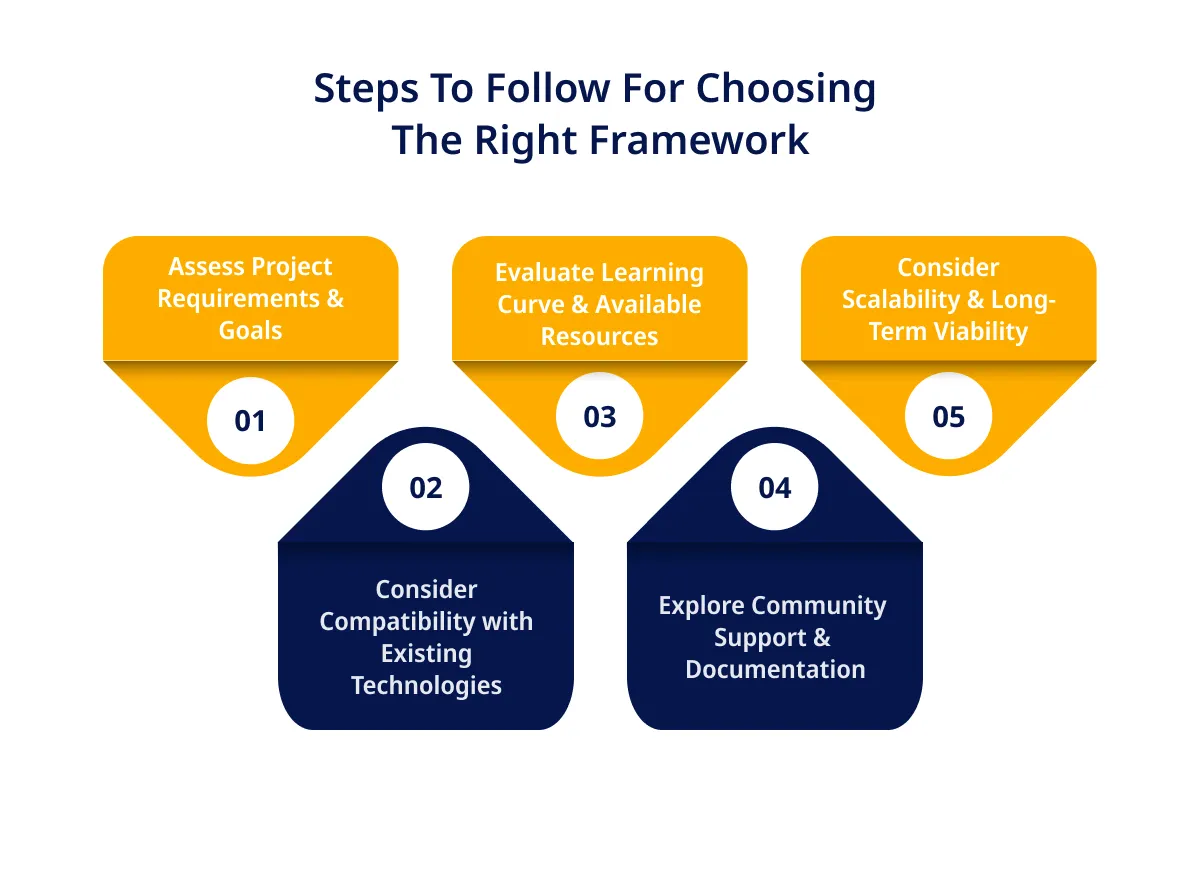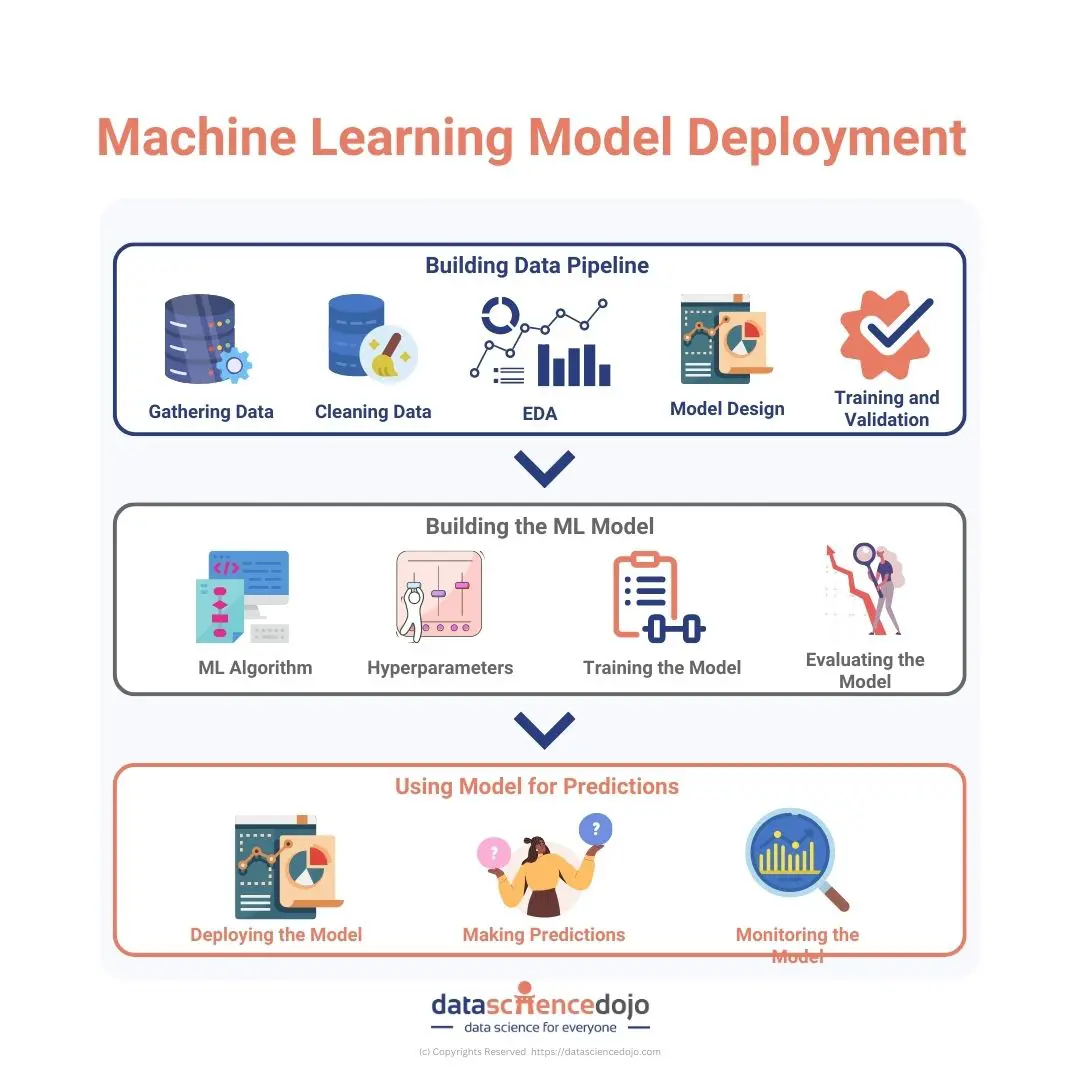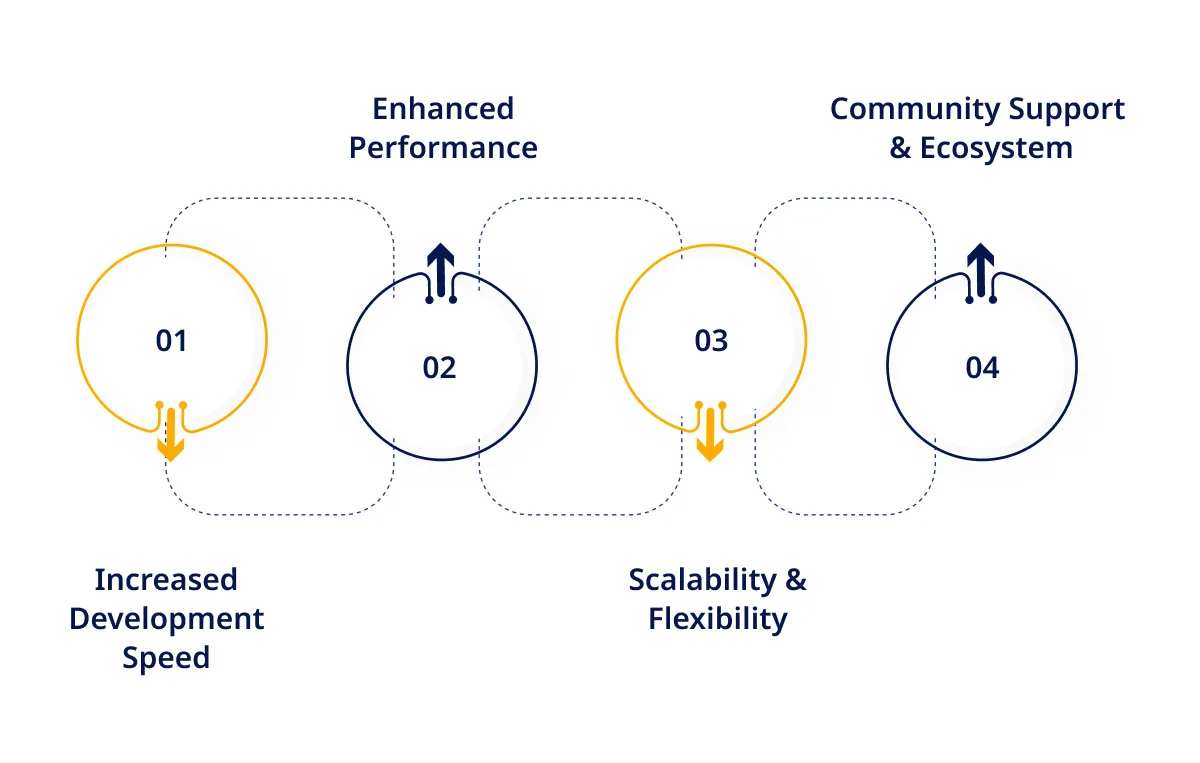
Overview of Machine Learning Frameworks
Definition of Machine Learning Frameworks
Machine learning frameworks are robust software libraries that provide the necessary tools and functionalities to develop, train, and deploy machine learning models efficiently. Essentially, they are pre-built, reusable codebases composed of algorithms, data handling capabilities, and more. This design allows developers and data scientists to focus more on the experimentation and application of their models rather than getting bogged down by the intricacies of coding from scratch.
Typically, a machine learning framework may include:
- Model training capabilities
- Data preprocessing tools
- Visualization frameworks
- Integration options with other libraries
Importance of Choosing the Right Framework
Selecting the right machine learning framework is crucial for the success of any project. It can significantly impact performance, development speed, and scalability. For instance, a framework with robust community support can help you troubleshoot issues quickly and efficiently.
Consider these factors when making your choice:
- Adaptability to various projects or data types
- Ease of debugging, which impacts time and resource management
- Performance optimization, especially for large-scale applications
Choosing wisely can mean the difference between a successful deployment and a frustrating experience. As an example, a team may favor TensorFlow for large-scale deployment, while opting for PyTorch for research and rapid experimentation.

Popular Machine Learning Frameworks
TensorFlow
TensorFlow is arguably one of the most widely recognized machine learning frameworks, developed by Google. It’s particularly favored for its scalability, making it an excellent choice for both beginners and industry leaders. TensorFlow provides robust tools for production, allowing users to deploy models seamlessly across platforms.
- Key Features:
- Strong support for deep learning
- High-level APIs for simplifying model building
- TensorBoard for visualizing data and model performance
PyTorch
PyTorch, developed by Facebook, has gained immense popularity among researchers and developers. Its dynamic computation graph makes debugging easier and enables real-time changes, which is a game-changer in research settings.
- Why Choose PyTorch?
- Intuitive and easy-to-learn syntax
- Active community and growing ecosystem
- Strong support for GPU acceleration
Scikit-learn
For those focused on traditional machine learning algorithms rather than deep learning, Scikit-learn is a fantastic choice. It’s designed for easy implementation and features a wide range of algorithms for classification, regression, and clustering.
- Notable Advantages:
- Comprehensive documentation
- Great for prototyping models quickly
- Strong emphasis on reproducibility
Keras
Keras stands out for its user-friendly interface and modular approach, often serving as a high-level API for TensorFlow. It simplifies the creation of neural networks, making complex tasks more achievable for newcomers.
- Highlights:
- Excellent for beginners
- Versatile in building both simple and complex models
- Seamless integration with TensorFlow
Choosing the right framework among these well-known options often defines the trajectory of a project, enhancing efficiency while enabling a smoother development process. As a developer, finding a balance between familiarity and functionality is key to achieving success.

Factors to Consider When Choosing a Framework
Performance and Speed
When diving into the world of machine learning frameworks, performance and speed are critical factors to consider. A slow framework can lead to delayed experiments and hinder innovation. For instance, during a recent project, a team initially selected a framework that struggled with large datasets, causing frustration and wasted time. Opting for a high-performance option like TensorFlow made a remarkable difference, speeding up training times significantly.
- Look for:
- Efficient memory usage
- Parallel processing capabilities
- Support for GPU acceleration
Community Support and Documentation
Having robust community support and quality documentation is invaluable. A vibrant community can provide insights, troubleshoot problems, and share experiences that can guide newcomers through their learning curve.
- Consider these aspects:
- Availability of online forums and discussion groups
- Quality and comprehensiveness of documentation
- Frequency of updates and community-driven improvements
Flexibility and Customization Options
Finally, flexibility within a framework allows for customization, which is essential for tailoring solutions to specific project needs. A framework that offers modular components enables developers to build and adapt models swiftly.
- Seek out features such as:
- Custom layer building
- Integration options with other tools
- Support for experimentation with various algorithms
Being discerning in these areas not only enhances project effectiveness but also fosters personal growth as a developer, empowering the creation of more innovative machine learning solutions.

Compatibility and Integration
Framework Compatibility with Data Sources
When selecting a machine learning framework, compatibility with various data sources is paramount. The ability to easily connect to data storage solutions, whether they be SQL databases, CSV files, or big data platforms like Hadoop, can significantly influence the efficiency of model training and deployment.
For instance, during a recent project involving various data formats, a team chose a framework that seamlessly connected with both structured and unstructured data sources. This not only streamlined the data ingestion process but also allowed for richer datasets, ultimately boosting model accuracy.
- Key Compatibility Factors:
- Support for multiple data formats (JSON, XML, etc.)
- Direct connections to popular databases and APIs
- Integration with data preprocessing libraries
Integration with Existing Systems
Integrating the chosen framework with existing systems (such as data pipelines and application architectures) is equally important. A framework that plays well with microservices or cloud platforms can facilitate a smoother deployment process and enhance overall productivity.
- Considerations for Integration:
- Compatibility with containerization tools like Docker
- API support for interaction with other software components
- Ease of deployment across various environments (local, cloud, production)
By ensuring compatibility with data sources and existing systems, developers can save valuable time and enhance the functionality of their machine learning projects, ultimately leading to more effective solutions.

Scalability and Deployment
Scalability of the Framework
Scalability is a vital consideration when selecting a machine learning framework. This aspect refers to the framework’s ability to handle increasing amounts of data and user requests without facing performance bottlenecks. A scalable framework ensures that as your project grows, your systems can accommodate larger datasets and more complex models seamlessly.
For example, in a recent project involving real-time data analytics, the team chose a framework that could effortlessly scale up to handle millions of data points daily. This decision allowed them not only to meet current demands but also to anticipate future growth without overhauling their infrastructure.
- What to Look For in Scalability:
- Multi-GPU or distributed training capabilities
- Support for horizontal scaling across servers
- Efficient data management to reduce overhead
Ease of Deployment in Production Environment
The ease of deploying a machine learning model into a production environment is equally essential. The right framework should simplify the deployment process, allowing for quick updates and the ability to manage model versions efficiently.
- Key Deployment Considerations:
- Support for containerization technologies like Kubernetes
- Functionality for monitoring and maintaining models post-deployment
- Clear documentation and tools for CI/CD integration
By focusing on scalability and deployment ease, developers can ensure their machine learning solutions remain resilient and adaptable, capable of thriving in dynamic environments.

Case Studies: Framework Selection in Real Projects
Case Study 1: Industry A
In the healthcare sector, a prominent technology firm sought to develop a predictive model for patient readmissions. After evaluating various machine learning frameworks, they ultimately selected TensorFlow. The team chose TensorFlow for its scalability and extensive support for deep learning.
- Key Takeaways:
- Why TensorFlow? The flexibility of TensorFlow allowed the team to incorporate complex neural networks, leading to highly accurate predictions.
- Outcome: The predictive model reduced readmission rates by 15%, demonstrating how the right framework can influence healthcare outcomes and operational efficiency.
Case Study 2: Industry B
A leading fintech company aimed to improve its fraud detection system. Given the need for rapid experimentation and iteration, the team decided to use PyTorch. The dynamic computation graph in PyTorch facilitated quick model adjustments, making it easier to test different algorithmic approaches.
- Highlights:
- Reasoning: PyTorch’s user-friendly interface and strong community support accelerated development timelines.
- Impact: The new fraud detection model improved identification rates by 20%, showcasing how a carefully chosen framework can drive innovation and enhance security measures in finance.
These case studies illustrate that understanding the unique requirements of a project can guide companies in selecting the most appropriate machine learning frameworks, ultimately leading to successful outcomes.

Decision-Making Process
Steps to Evaluate and Select the Right Framework
Choosing the right machine learning framework can feel daunting, but breaking it down into manageable steps can simplify this decision-making process. Here’s a structured approach:
- Define Project Requirements:
- Outline specific needs, such as data types, model complexity, and expected outcomes.
- Research Available Frameworks:
- Explore popular options like TensorFlow, PyTorch, Scikit-learn, and Keras. Consider the pros and cons of each.
- Evaluate Performance Metrics:
- Look for benchmarks and speed comparisons related to your particular use case.
- Review Community and Documentation:
- Check for quality support networks and comprehensive guides to help troubleshoot as you go.
By focusing on these steps, teams can systematically approach the decision, ensuring they consider all relevant factors.
Tips for Successful Implementation
Once the framework is selected, successful implementation is crucial. Here are some practical tips:
- Pilot Projects: Start with smaller-scale projects to familiarize the team with the framework.
- Set Up Continuous Integration/Continuous Deployment (CI/CD): This can streamline the development process and enhance reliability.
- Encourage Collaboration: Foster an environment where team members share insights and solutions.
Reflecting on these approaches can not only facilitate smoother project execution but also boost team morale and innovation throughout the journey.

Conclusion and Recommendations
Summary of Key Considerations
Navigating the maze of machine learning frameworks can be a significant undertaking, but it’s essential to focus on a few key considerations. Throughout this exploration, we’ve highlighted:
- Performance and Speed: Select a framework that can handle your data demands efficiently.
- Community Support and Documentation: A strong network can assist you during challenging moments.
- Scalability and Deployment: Ensure your framework can grow alongside your project and fit seamlessly into production environments.
By keeping these factors in mind, you’ll build a solid foundation for your machine learning initiatives.
Final Thoughts and Suggestions
In conclusion, the right framework can transform how effectively you develop and deploy machine learning models. Embrace exploration and experimentation; as I experienced during a project-switch journey, trying different frameworks leads to countless learning opportunities.
- Stay Informed: Keep abreast of new trends and updates in the machine learning community.
- Be Adaptive: Don’t hesitate to pivot to a new framework if it better meets evolving project requirements.
By being proactive and flexible, you’ll empower your teams to unlock the full potential of machine learning technology, leading to innovative solutions that can fundamentally change industries.

